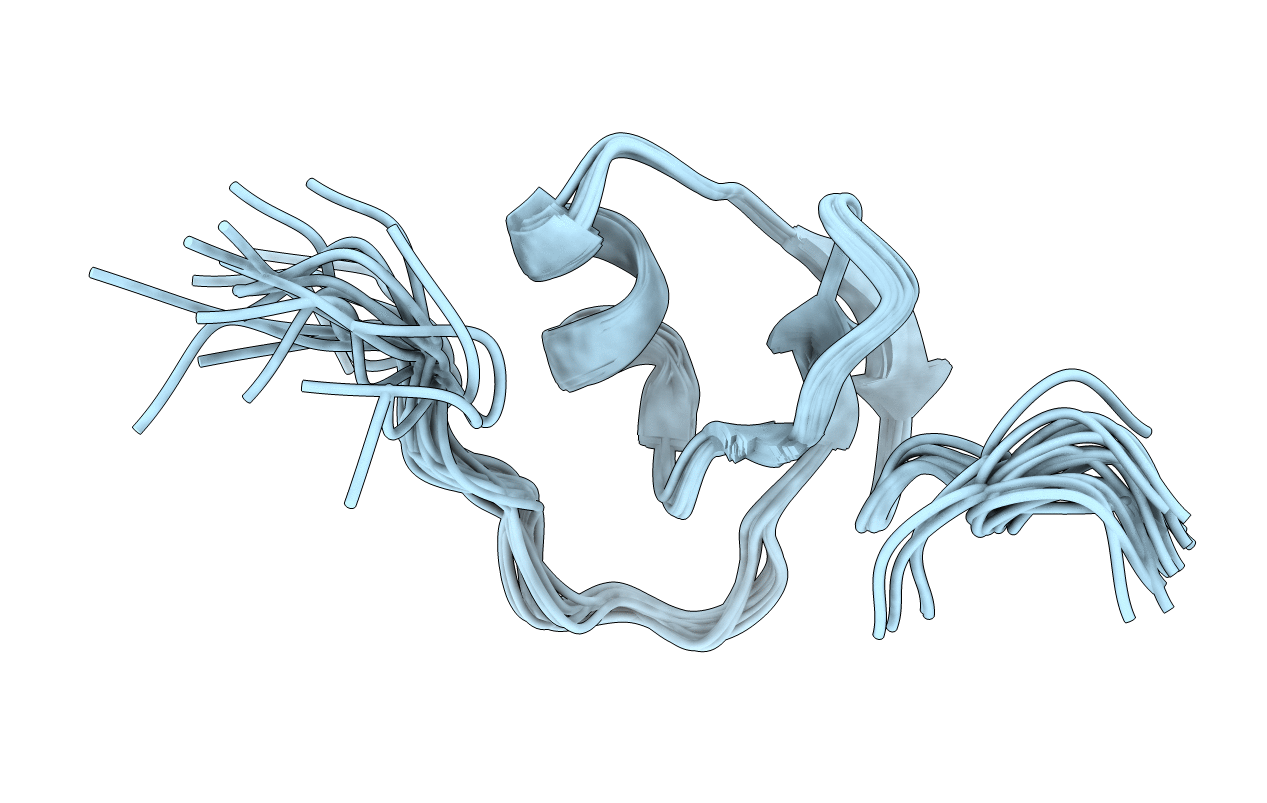
Deposition Date
2009-08-03
Release Date
2009-11-10
Last Version Date
2024-10-30
Entry Detail
PDB ID:
2KMQ
Keywords:
Title:
Solution structure of intermediate IIb of Leech-derived tryptase inhibitor, LDTI.
Biological Source:
Source Organism:
Hirudo medicinalis (Taxon ID: 6421)
Host Organism:
Method Details:
Experimental Method:
Conformers Calculated:
50
Conformers Submitted:
20
Selection Criteria:
target function


